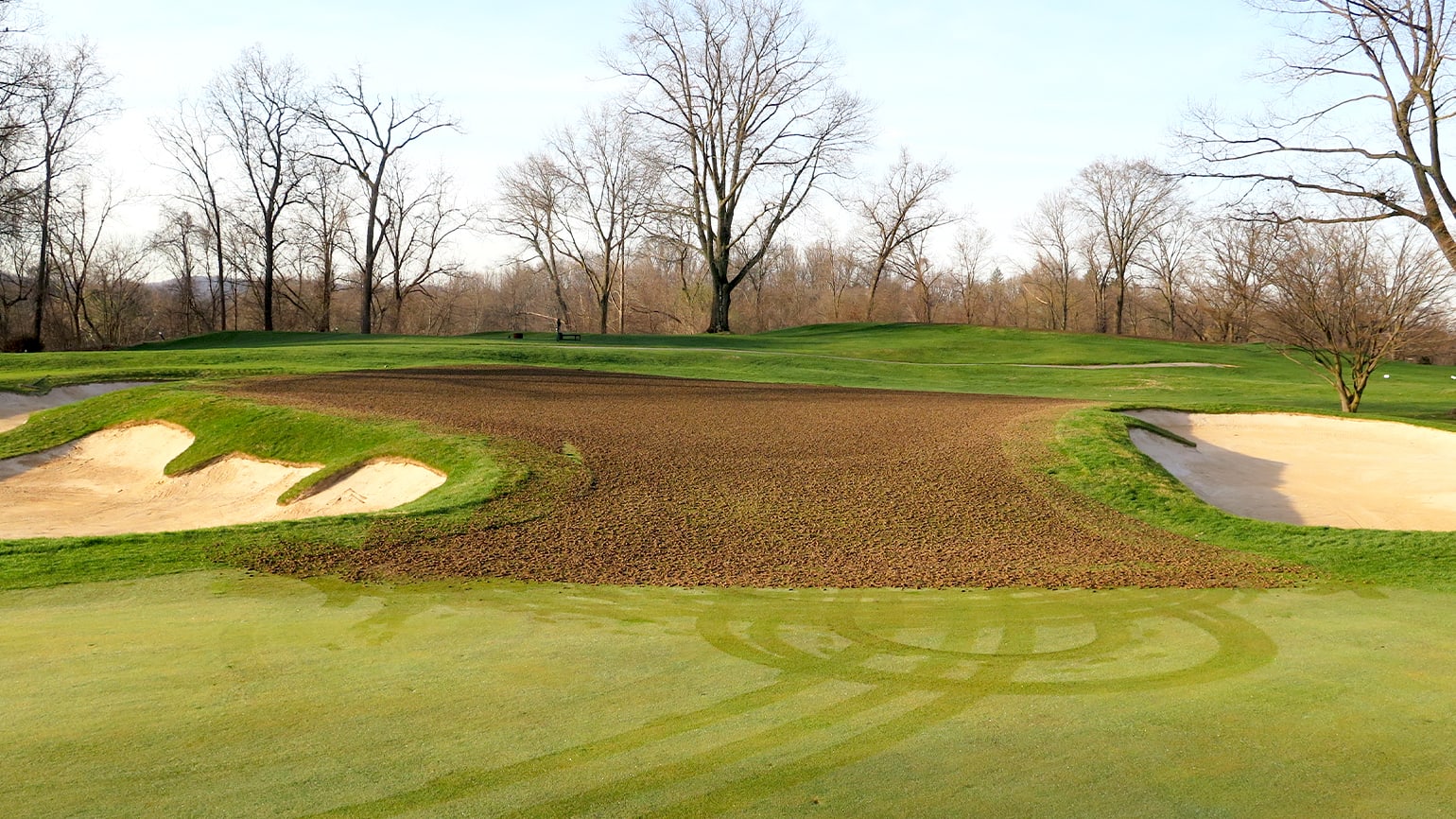New Trends in Aeration and Organic Matter Management
Managing organic matter content is critical to providing desirable playing conditions and healthy turf. With too much organic matter, putting greens become soft and are at greater risk for disease and other forms of decline such as mechanical damage, especially during periods of unfavorable weather. Conversely, not enough organic matter can be problematic as well. Without enough organic matter, the putting surface loses stability and becomes “shifty” underfoot – typically resulting in deceased traffic tolerance. This problem is less common because it typically results from performing aggressive cultural practices at a high frequency – something most facilities try to avoid.
While most of the golf community, including golfers and superintendents alike, would agree that healthy greens and firm playing conditions are preferred, there is often a great deal of contention when disruptive practices are implemented to provide these conditions. The good news is that new equipment, tools and techniques have superintendents better equipped to properly manage organic matter with less impact on playability.
There is no one-size-fits-all program for organic matter management. It is critical to evaluate the profile of your putting greens to identify potential issues, and then determine what practives would best address those needs. Organic matter management is a balancing act between the rate of accumulation and the rate of removal and dilution. Factors such as fertility, growth regulation, growing environment and turf species will influence the rate of accumulation. For this reason, it is also important to review your entire putting green management program when developing plans for organic matter management.
Regardless of current organic matter content or putting green management programs, some type of cultural practices will be necessary to manage organic matter. Traditionally, most courses have relied on hollow-tine aeration twice annually with larger-diameter tines to address their aeration needs. However, there are several new methods gaining popularity that tend to have less impact on playability.
Finish reading the article from the original USGA post written by Paul Jacobs here.
